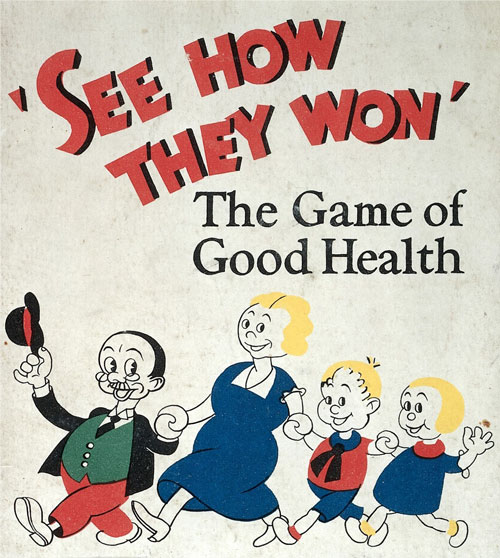‘The Effects Can Last Forever’: Ecstasy's Risks and Pleasures in Britain, 1985-2000
Dr Peder Clark
Wellcome Trust Research Fellowship, Ref.
Ref: 223559/Z/21/Z, £195,286, 2021-2024
“I’d take my E and sit by the door, on the scaffolding, and watch people”, remembered DJ and producer Neville Watson, in words accompanying his brother Gavin Watson’s photo-essay Raving ’89. “You could tell the moment like THAT! – your life’s not going to be the same ever again!”. Concurrently, the Central Office of Information warned consumers of Ecstasy that ‘The Effects Can Last Forever’, with a billboard campaign illustrated by the stark image of a pale young man lying in a hospital bed with a tube in his nose and several electrodes attached to his torso. Taken together, these two sources, with their radically different deployment of the temporal frame ‘(for)ever’, provide the twin narratives of Ecstasy’s pleasures and risks that this project interrogates.
The illegal drug Ecstasy (3,4-methylenedioxymethamphetamine or MDMA) arrived in Britain in the mid- 1980s. Initially associated with, and assumed to be a catalyst for the nascent ‘rave’ scene, by the mid- 1990s Ecstasy had transcended its subcultural origins and was a mass intoxicant. Despite government campaigns, harm reduction programmes, and the high-profile deaths of young people such as Essex teenager Leah Betts, by the turn of the millennium Ecstasy had joined the ranks of alcohol and cocaine as ‘party’ intoxicants that were integral to British nightlife.
This project places consumers and consumption at the heart of an original historical account of the impact and legacy of this apparently novel psychoactive substance. Using a combination of archival research and oral histories to explore representations of Ecstasy by public health and medical circles, in mainstream media, and in wider cultural discourse, this project provides important new perspectives on how far consumers drive markets for psychoactive substances in contemporary societies. It brings recent developments in the history of emotions into investigations of drugs and intoxicants for the first time. Finally, the project will take these conclusions about Ecstasy consumers into debates about the changing relationships between ‘pleasure’, ‘risk’ and ‘health’ in Britain since the 1980s.
The project will generate a range of academic outputs, which will include journal articles and a monograph, as well as a planned workshop between historians of drugs and historians of emotions. Public engagement activities, including a collaboration with an artist to explore ideas of collective joy in a post-Covid world, will also be announced.
Recent Publications
- Claire and Jose get off their cake: ecstasy, raving and women’s pleasure in 1990s Britain (Cultural and Social History, 2021)
- Ecstasy: A synthetic history of MDMA (forthcoming, Routledge Handbook of Intoxicants and Intoxication, 2022)
Project News
- Peder will be presenting a paper at the History of Experience conference at Tampere University in March 2022 entitled ‘From the terraces to the Thunderdome: Ecstasy and male homosociability in 1990s Britain’
- In February 2022, Peder gave a talk on ‘The "Love Thugs": Ecstasy, homosociability and the decline of hooliganism in 1990s Britain’ as part of CSHHH’s Spring term seminars


